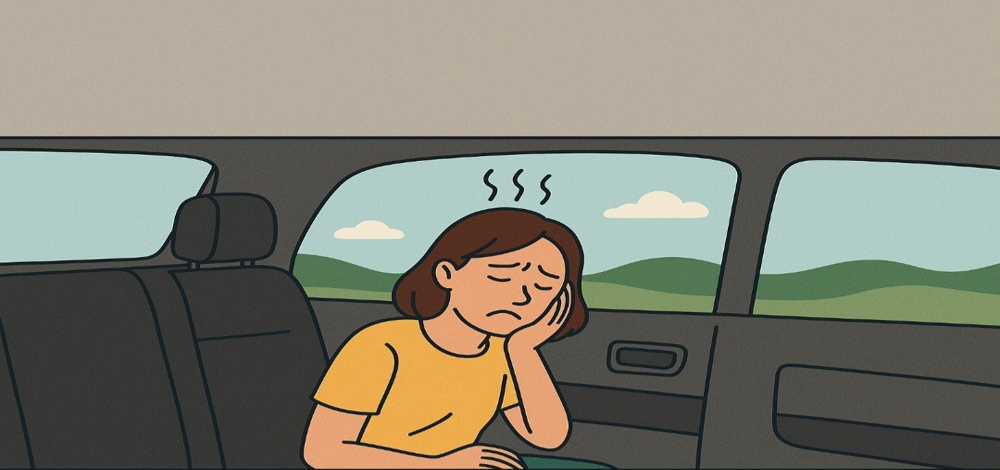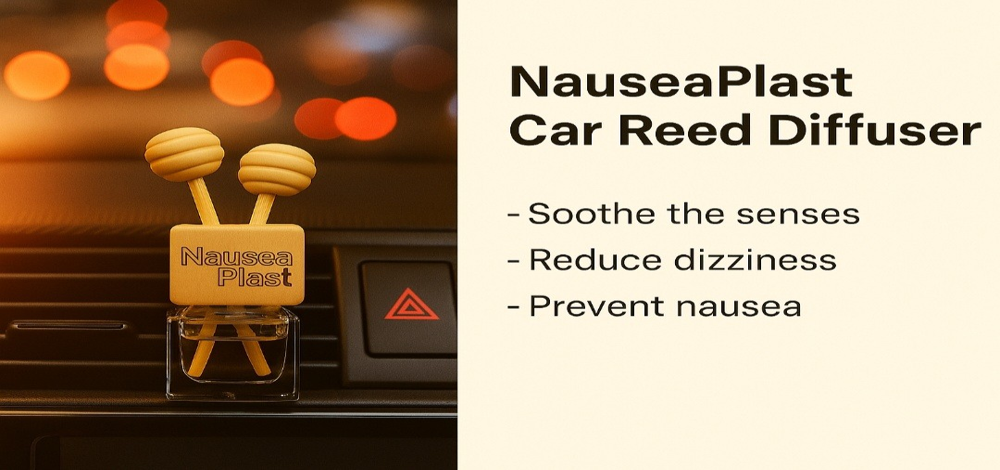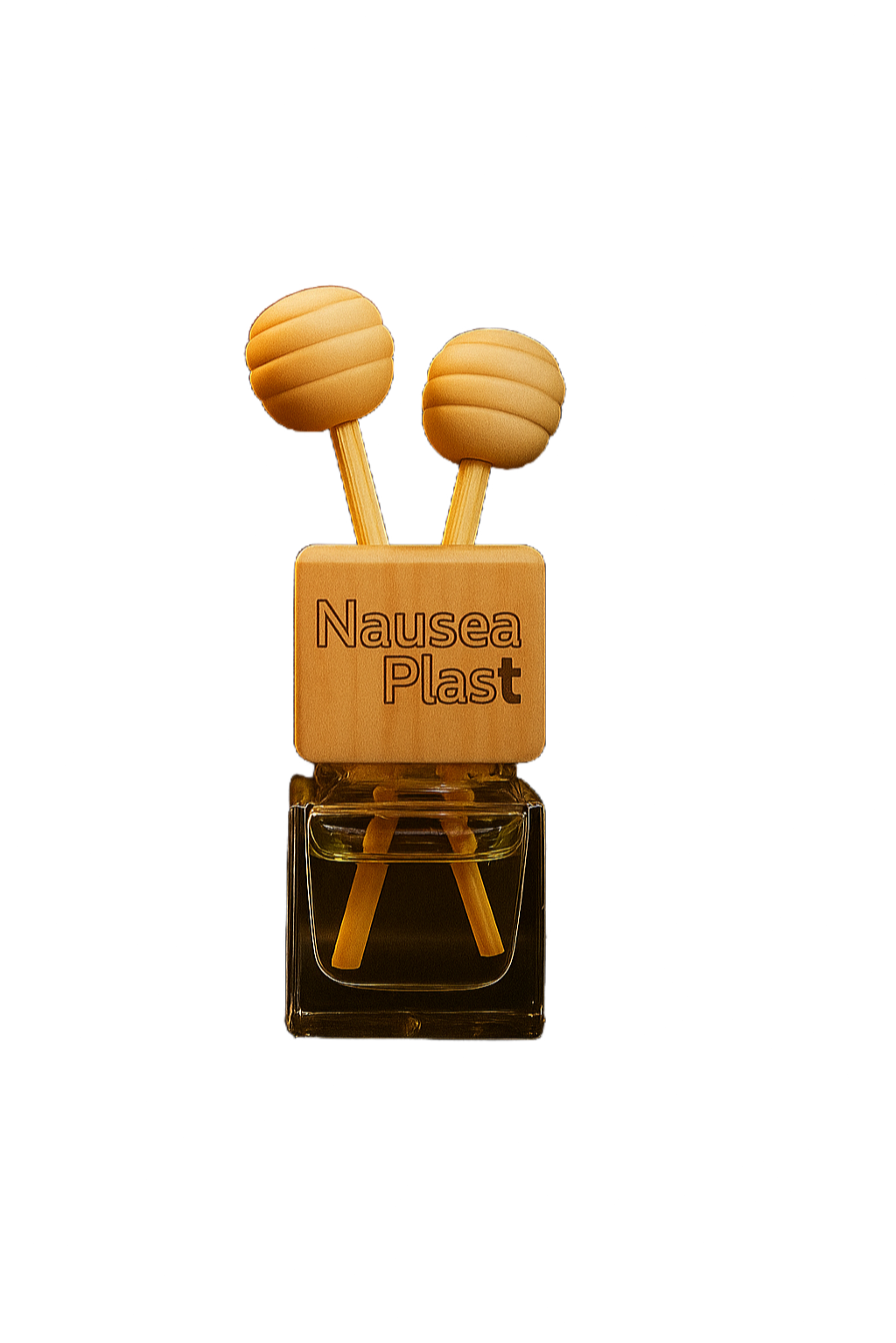Motion sickness can turn even the shortest car ride into an uncomfortable experience. And if you often feel queasy in compact cars, you're not alone. These small vehicles might be efficient and easy to drive, but they can sometimes make motion sickness worse for sensitive passengers. Let's explore why this happens and what you can do to feel better.

Why Does Motion Sickness Happen in Compact Cars?
Motion sickness is caused by a mismatch between what your eyes see and what your inner ear feels. When your body senses motion but your eyes don't see it—or vice versa—your brain gets confused, leading to nausea, dizziness, and cold sweats.
In compact cars, certain features can make this worse:
- Tight Space
Small cars often have less legroom and lower seating positions, which can make it harder for passengers to look outside. If you can't see the road ahead, your brain may not match your body's movements correctly.
- More Body Movement
Compact cars are lighter and more sensitive to bumps, swerves, and turns. This means passengers feel every little motion, which can make the sickness worse—especially on winding roads or uneven surfaces.
- Rear Seat View is Limited
The back seats in small cars often have poor visibility, and you may not be able to see out the windshield at all. This contributes to the disconnect between your eyes and balance system.
- Close Interior Layout
Strong smells from food, perfumes, or even air fresheners can feel stronger in a small space, triggering nausea faster.
How to Fix It: Simple Tips to Avoid Motion Sickness
If you or someone you travel with struggles with motion sickness in a compact car, here are some easy and effective tips to help:
- Choose the Front Seat
Sit in the front passenger seat whenever possible. This gives you a clearer view of the road and reduces the mismatch between what you feel and what you see.
- Look at the Horizon
Keep your eyes on the horizon or distant objects. Avoid looking down at your phone, book, or GPS screen.
- Keep the Air Fresh
Open the windows slightly for fresh air or use a light, natural fragrance. Aromatherapy with calming scents like peppermint or lavender can also help ease symptoms.
- Drive Smoothly
Ask the driver to avoid sudden stops, sharp turns, and fast acceleration. A smoother ride helps your body stay in sync with your senses.
- Stay Hydrated and Avoid Heavy Meals
Drink water, not soda or juice. Avoid greasy or spicy food before and during the ride.
- Try Natural Remedies
Some people find relief with ginger candies, acupressure wristbands, or essential oils like peppermint or lemon.
- Use Seat Positioning
If you're in the back, try to sit in the middle seat so you can look forward. Adjust your seat to sit more upright if possible.
- Use NauseaPlast Car Reed Diffuser
The solution to uncomfortable, nausea-filled car rides is the NauseaPlast Car Reed Diffuser—a natural, effective remedy for motion sickness. Unlike regular air fresheners, NauseaPlast is infused with a blend of herbal extracts specifically chosen to soothe the senses, reduce dizziness, and prevent nausea. Just plug it into your car, and it starts working instantly, releasing a calming fragrance that transforms your journey into a more relaxed and refreshing experience. Whether you're on a short city drive or a long road trip, NauseaPlast ensures comfort with every mile.

